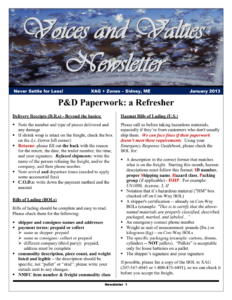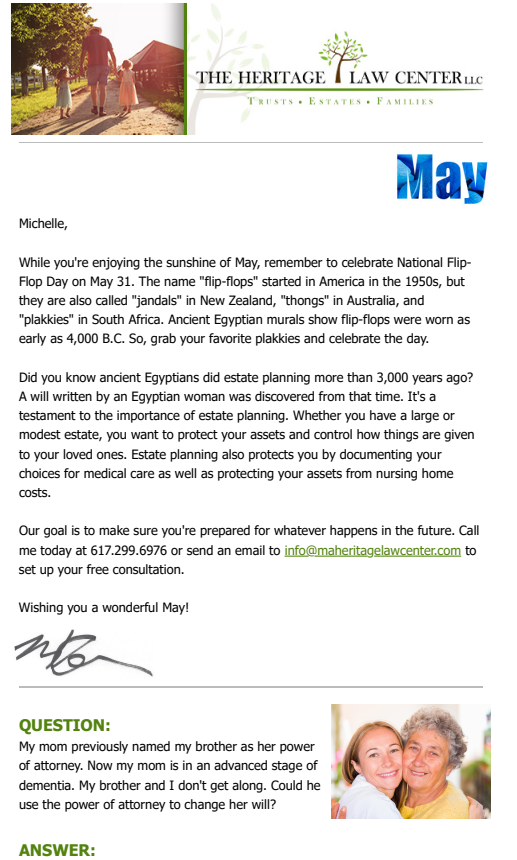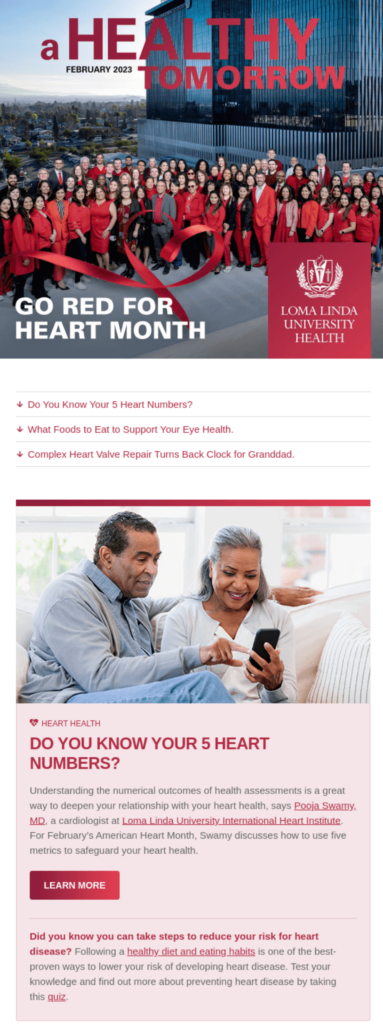5 Ways to Write With Empathy in Business
In our post-pandemic business climate, this attribute distinguishes thriving companies: when they write with empathy. What does having empathy mean to you? Sometimes people confuse the term with compassion.

Here’s how to discern the difference: If you tell a friend about a bad day at work and they say, “I’m sorry to hear that,” that’s compassion. But if they say, “That’s so frustrating,” that’s empathy.
Companies that don’t write with empathy or miscommunicate can disregard people’s feelings; the tarnished image can decrease their revenue.
For example, WeWork made headlines when the CEO fired 900 employees during a video meeting. The mass layoff helped turn the former tech giant into a poster child of corporate callousness, resulting in mismanagement concerns and a loss of trust among employees, investors, and the public. Two years later, it went bankrupt.
When messaging speaks to clients, they see a company that cares about more than just the sale. This connection fosters trust and loyalty, turning empathy from a soft skill into a tool that builds stronger, lasting relationships.
How to Write With Empathy to Engage Your Clients
1. Slip on their shoes – “Empathy means you relentlessly focus on your customer. You view the entire world through his or her eyes—because, remember, everything the light touches is content.” ~ Ann Handley, “Everybody Writes” (First edition).
Ask: How does my reader feel? Slip on their shoes.
Try this: Before you write your next email, imagine you’re the receiver. Are they rushing between meetings or relaxing with their morning coffee? How would your message fit into their day?
Handley suggests quality content results from the equation Utility x Inspiration x Empathy.
- Utility: Clearly helping people do something that matters to them (e.g., easing their pain, helping them decide).
- Inspiration: Fresh, well-written copy inspired by data that “feels like it could come only from you.”
- Empathy: We see the reader’s point of view; the content is easy to grasp — written in a conversational tone — and you take as long as you need to tell the story well.
2. Dig deeper — An empathy map shows how customers will react to something now or how they have reacted before. The results can help you create a value proposition or other content; they’re often used in making new products or services.
As Alex Patton suggests, you can swing too far by fixating on facts or pressing customers’ pain points with hard selling. To strike a balance, place your customer at the heart of your approach.
Gain insights into their thoughts and feelings through surveying them or reading their reviews or social media posts. Then per “Everybody Writes,” explain how your products or services improve people’s lives. Be specific.
- Company-centric: Many courses available round-the-clock.
- Customer-centric: Udemy: “Learn anything. On your schedule.”
3. Empathy in action – Commiserate: repeat what the client said to show you’re listening and that you empathize.
Say that it’s frustrating that the website is down or the app won’t work. Beyond words, be real: speak from your heart. Again, imagine how your reader feels rather than saying what you think they want to hear.
The book “Writing That Works” by Kenneth Roman and Joel Raphaelson espouses the principles of writing with empathy. The authors admit writing is “less personal and more permanent” because the reader can’t see your face or hear your voice. To compensate, they suggest:
- Your writing be as clear as you would say it in person.
- Your writing be as tactful and understanding as you would be in person. Note your tone.
- You anticipate your readers’ questions and objections and do your best to answer them.
Then ask yourself: “Would I say it, and would I say it in that way, if I was face-to-face with my reader?”
In other words, reply with warmth and feeling, as you would if you heard someone’s complaint at a dinner party. Speak in the first person, taking personal responsibility. If you must refuse someone’s request, show appreciation for the other person’s feelings and point of view. And “Always take the trouble to explain your reasons.”
Even form letters or emails should read less like templates and more like personal messages.
4. Get a clearer view – Writer Catie Holdridge offers more questions you can use to tap into the customer’s perspective:
- Which issues has the customer raised?
- How do they seem to feel, or how are they likely to feel, about these issues?
- Which aspect of the problem seems most important to them?
- Considering what you know of them, how is your reply likely to make them feel?
- What do they already know about the subject? What more do they need to know?
- What other interactions, if any, have they had with customer service or the company so far?
- What will satisfy them?
- What do you want them to think, know, or do?
- How do you want the customer to feel after they’ve read your reply?
Again, the answers give you a glimpse into the client’s viewpoint, guiding your tone. But they’re not mind-reading tools. Sometimes, asking customers what will satisfy them is more effective.
5. Speak human – Businessese, overly formal language intended to impress readers, can appear forced, like some AI-generated content. As copywriter Nick Usborne has said, AI lacks emotional intelligence. It often needs coaching or prompting to arrive at the right empathic phrasing.
That’s where a human touch comes in, especially in editing it to add the right amount of emotion to connect with respect for your readers.
- Example of a tagline for a personal injury law firm: Justice Served. Compassion Delivered. (ChatGPT)
- Rephrased: We’ll be there to guide you through the legal process and help you win compensation for your injuries, lost wages, and medical costs.
To gauge how empathetic writing affects client satisfaction and sales, analyze your data. When feedback, engagement metrics, and conversion rates rise, they can show that the content touches clients.
Discover how to reach clients who value and respect you and your business
Have you had a bad experience with a company? Leave a comment.
Quotes
“A clear and considerate letter written with sympathy for how the reader is going to feel. That’s the secret of how to say ‘no.'” ~ Kenneth Roman and Joel Raphaelson, “Writing That Works” (First edition)
“If you know how to wield empathy with a little love, not a sledgehammer, you will be able to crawl inside your reader’s head and touch her heart every time.” ~ Lynda Dell, “3 Insanely Easy Email Engagement Boosts,” Digital Doughnut








